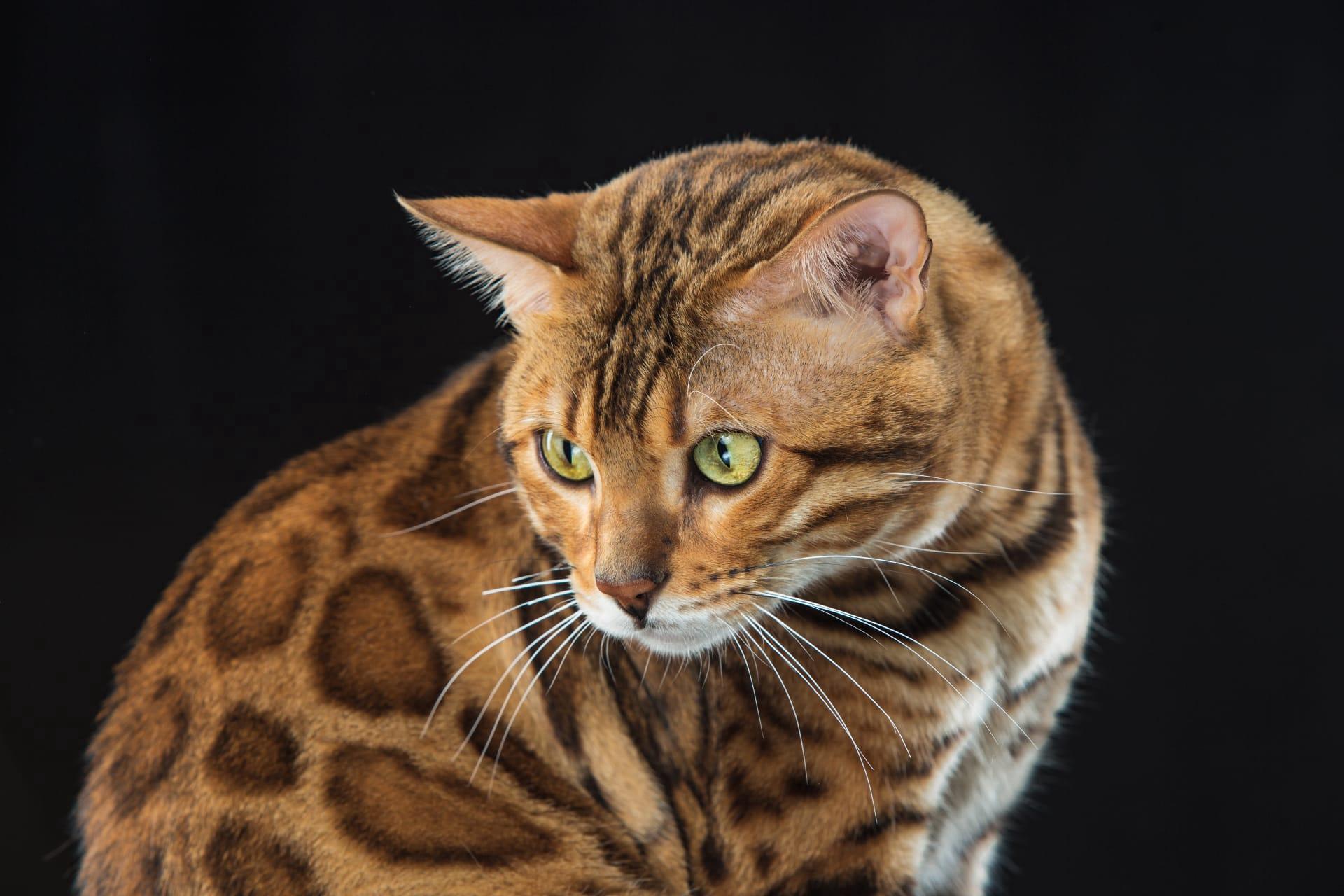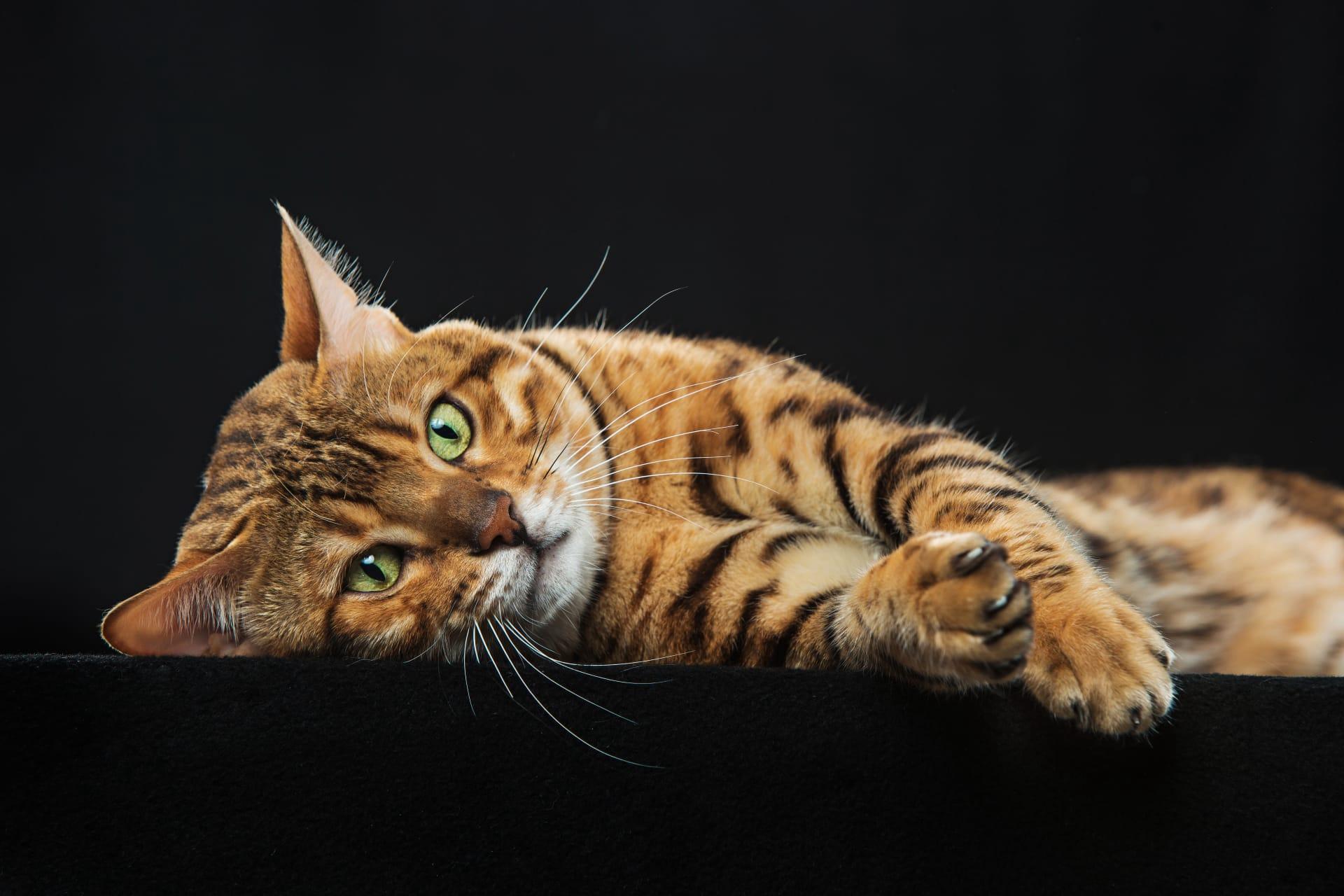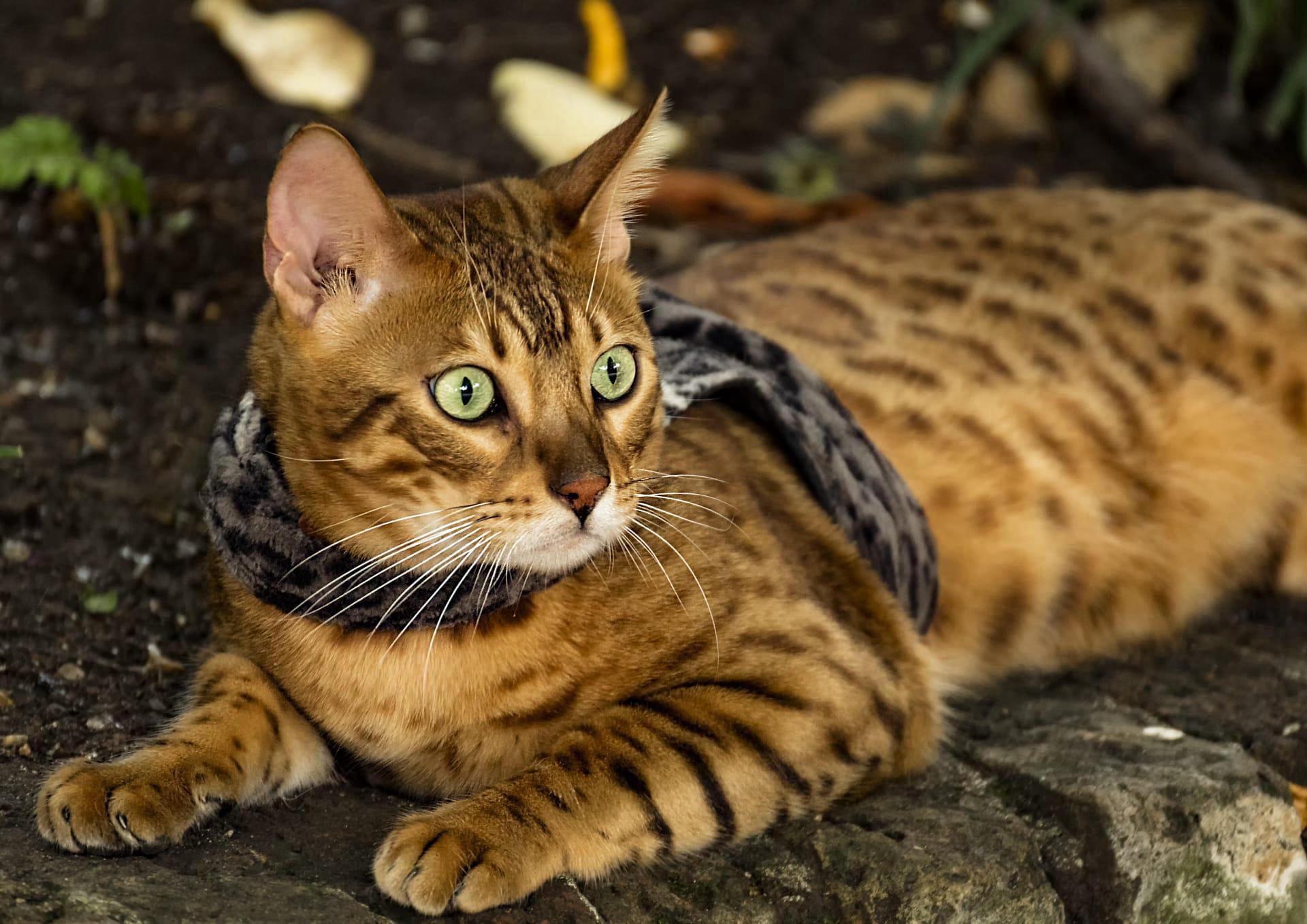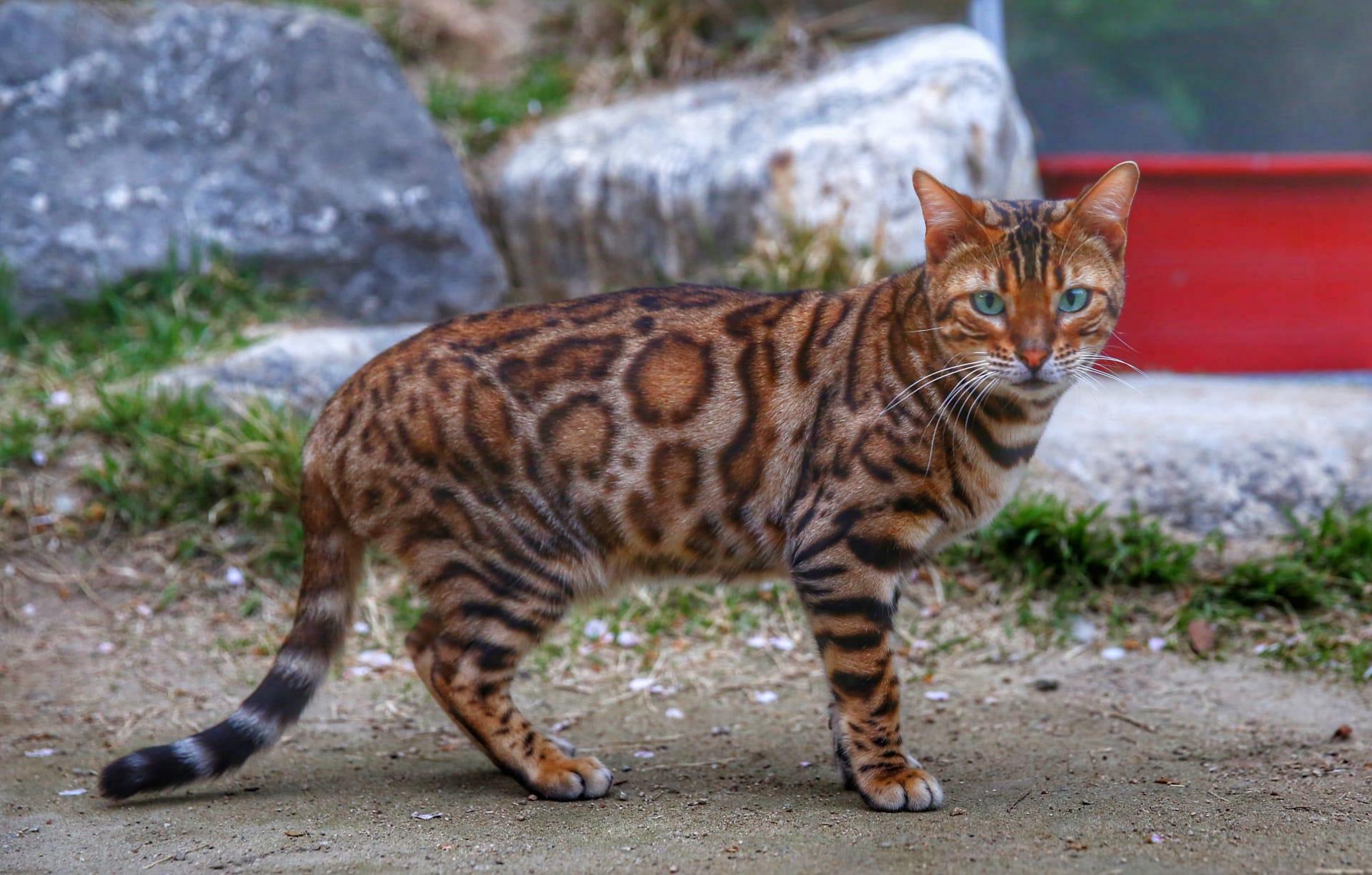Bengal Cat Characteristics
- Home /
- Mini Encyclopedia /
- Animal /
- Bengal Cat Characteristics
1
Bengal cats are a visually striking breed, known for their wild, leopard-like markings and sleek, muscular bodies. Typically, Bengals weigh between 8 to 15 pounds, with males generally larger than females. Their agile physique is complemented by a robust build, making them highly active and playful. Bengal cats boast a lifespan of 12 to 16 years, which is relatively long for domestic cats, thanks to their hearty genetics and active lifestyle.
The most remarkable organ of the Bengal cat is its skin, particularly the coat, which is not only visually stunning but also has a unique texture. Unlike many other cats, Bengals have a pelt-like coat that feels incredibly soft and luxurious to the touch. This coat is covered in large, distinct markings that can be marbled or spotted, mimicking the wild appearance of their leopard ancestors. The function of this coat is not just for beauty; it provides camouflage, a trait inherited from their wild ancestors, which helps them blend into their surroundings when stalking prey.

2
Question: Do Bengal cats require a special diet to maintain their health and coat quality?
Answer: Bengal cats do not require a unique diet compared to other domestic cats, but they do benefit from high-quality cat food rich in protein. Their active nature and metabolism mean they thrive on diets with plenty of real meat as the primary ingredient. Foods that are high in protein support their muscular build and energy levels. Additionally, a diet that includes omega-3 and omega-6 fatty acids can help keep their distinctive coat shiny and healthy. While Bengals are not picky eaters, their dietary needs should be met with care to prevent obesity and ensure a long, healthy life.

3
Bengal cats are renowned for their exceptional athletic abilities. They are incredibly agile and enjoy climbing, jumping, and exploring their environment. This breed has a high energy level and requires significant daily physical activity to stay healthy and happy. Bengals often exhibit a love for water, which is uncommon among domestic cats, and may play in shallow dishes or bathtubs.
When it comes to feeding, Bengal cats have a hearty appetite to match their active lifestyle. They benefit from several small meals throughout the day rather than one large meal. Their diet should be rich in animal proteins to support their energy needs. Bengals are also known for their intelligence and can be trained to use puzzle feeders, which stimulate their minds while they eat.

4
Bengal cats adapt well to indoor environments but appreciate access to outdoor spaces where they can engage in natural behaviors like climbing and hunting. An ideal living situation for a Bengal would include a safe, enclosed outdoor area like a cat patio (catio) where they can explore without the risks associated with roaming freely outdoors. Inside, they thrive in environments that offer plenty of vertical space for climbing and opportunities for interactive play.
Reproduction in Bengal cats can begin as early as five to six months of age, but responsible breeders wait until the cat is older to ensure health and genetic stability. Female Bengals typically have two litters per year, with an average of four kittens per litter. It's important for breeders to conduct health screenings for genetic conditions, such as hypertrophic cardiomyopathy (HCM) and progressive retinal atrophy (PRA), to maintain the health and longevity of the breed.

5
Book: "The Bengal Cat Guide: Understanding and Caring for Your Bengal" by Ann Marie Silverton (United States, 2015). This comprehensive guide offers insights into the unique characteristics, behavior, and care requirements of Bengal cats. Silverton, a renowned cat behaviorist, provides readers with practical advice on nutrition, health, and enrichment activities tailored to the Bengal's energetic and playful nature.
Book: "Bengals Illustrated" by Stephanie P. Meek (United Kingdom, 2010). This beautifully illustrated book delves into the history, development, and characteristics of the Bengal breed. Meek, a Bengal breeder and enthusiast, shares her extensive knowledge on the breed's genetics, coat patterns, and temperament, offering valuable tips for prospective and current Bengal cat owners.